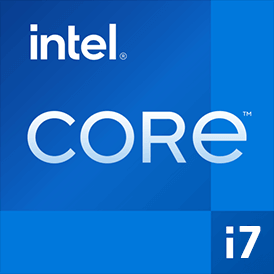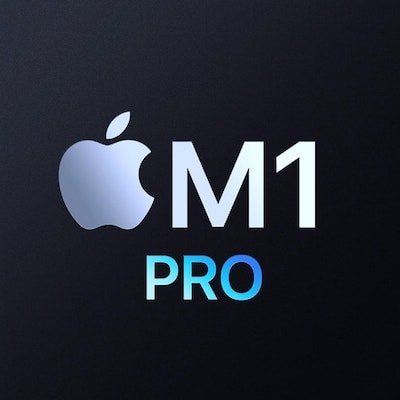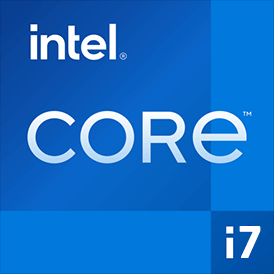Apple M2 Max (38 Core) VS Apple M3 Max (14 CPU 30 GPU)
Comparativa de los procesadores: Apple M2 Max (38 Core) con 12 núcleos 3.5GHz y Apple M3 Max (14 CPU 30 GPU) con 14 núcleos 4.06GHz. Aquí encontrarás qué procesador es mejor en los benchmarks, especificaciones clave, consumo y mucho más.
Diferencias clave
Apple M2 Max (38 Core): Ventajas
- Menor consumo energético
Apple M3 Max (14 CPU 30 GPU): Ventajas
- Mayor número de núcleos (12 vs 14)
- Mayor número de hilos (12 vs 14)
- Mayor potencia mononúcleo
- Mayor potencia multinúcleo
- Mayor frecuencia turbo
Benchmarks
Cinebench 2024 Single Core
121
148
Cinebench R23 Single Core
1666
1990
Cinebench R20 Single Core
-
-
Geekbench 6 Single Core
2722
3227
Geekbench 5 Single Core
1874
2150
Passmark Single Core
-
4780
Cinebench 2024 Multi Core
1025
1373
Cinebench R23 Multi Core
15086
20985
Cinebench R20 Multi Core
-
-
Geekbench 6 Multi Core
14999
19404
Geekbench 5 Multi Core
15030
20961
Passmark Multi Core
26213
40384
Apple M2 Max (38 Core)
VS
Apple M3 Max (14 CPU 30 GPU)
Parámetros generales
| Q1 2023 | Fecha lanzamiento | Q4 2023 |
| Apple | Fabricante | Apple |
| Laptop | Tipo | Laptop |
| ARMv8 | Conjunto de instrucciones | ARMv8 |
| Apple M2 | Arquitectura núcleo | Apple M3 |
| Apple M2 Max (38 Core) | Número de procesador | Apple M3 Max (14 CPU 30 GPU) |
| AppleM-Socket | Zócalo | AppleM-Socket |
| No | Gráficos integrados | No |
Paquete
| 5nm | Proceso Fabricación | 3nm |
| AppleM-Socket | Zócalo | AppleM-Socket |
| 30 W | Consumo Energía | 50 W |
| 0 W | Consumo máximo turbo | 0 W |
| Pico de funcionamiento | 100°C |
Rendimiento CPU
| 8 | Núcleos principales | 10 |
| - | Hilos principales | - |
| - | Frec. Base núcleos principales | - |
| 3.5GHz | Frec. Turbo núcleos principales | 4.06GHz |
| 4 | Núcleos eficientes | 4 |
| 4 | Hilos eficientes | 0 |
| 0.60GHz | Frecuencia base núcleos secundarios | 0.74GHz |
| 2.42GHz | Frecuencia turbo núcleos secundarios | 2.75GHz |
| 12 | Núcleos totales | 14 |
| 12 | Hilos totales | 14 |
| Frecuencia bus | ||
| No | Multiplicador | No |
| 192K per core | Caché L1 | |
| 32MB shared | Caché L2 | 36MB shared |
| Caché L3 | ||
| No | Multip. Desbloqueado | No |
Parámetros memoria
| LPDDR5-6400 | Tipo de memoria | LPDDR5-6400 |
| 96GB | Memoria máxima | 96GB |
| 8 | Canales máx. memoria | 3 |
| 409.6GB/s | Ancho de banda | 307.2GB/s |
| No | Soporte memoria ECC | No |
Parámetros tarjeta gráfica
| Si | Gráficos integrados | Si |
| 450MHz | Frecuencia base GPU | 390MHz |
| 1398MHz | Frecuencia máx. dinámica GPU | 1400MHz |
| 4864 | Sombreadores | 3840 |
| 304 | Unidades de textura | 0 |
| 152 | Unidades ROP | 0 |
| 608 | Unidades de ejecución | 480 |
| 40W | Consumo Energía |
Miscelánea
| 4 | Versión PCIE | 4 |
| 32 | Líneas PCIE |
Comparaciones relacionadas


Apple M3 Max (14 CPU 30 GPU) vs AMD Ryzen 9 7900X3D


Apple M3 Max (14 CPU 30 GPU) vs Apple M3 Pro (12 CPU 18 GPU)


Apple M2 Max (38 Core) vs Apple M3 Max (14 CPU 30 GPU)


Apple M3 Max (14 CPU 30 GPU) vs Intel Core i7-9750H


Apple M3 Max (14 CPU 30 GPU) vs Apple M1 Pro (8 CPU 14 GPU)


Apple M3 Pro (11 CPU 14 GPU) vs Apple M3 Max (14 CPU 30 GPU)


Apple M1 (8 CPU 8 GPU) vs Apple M3 Max (14 CPU 30 GPU)


Apple M3 Max vs Apple M3 Max (14 CPU 30 GPU)


Apple M3 Max (14 CPU 30 GPU) vs Intel Core i7-13700K

